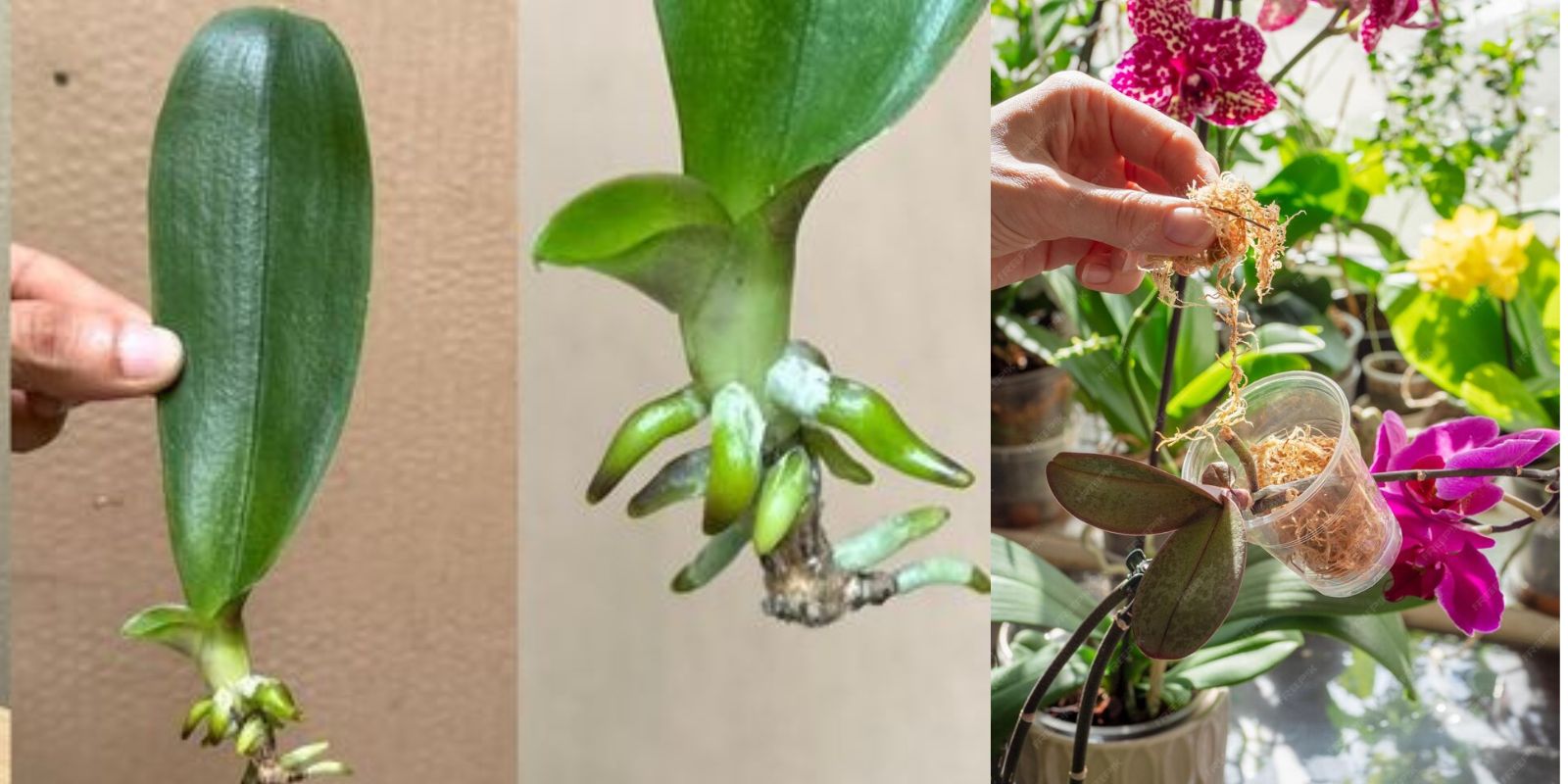Growing and blooming orchids can be a rewarding experience. While orchids are known for their beauty, they do require specific care. Here’s a quick guide to help your orchid thrive and bloom:
- Choose the Right Orchid:
- Different orchid varieties have varying care requirements. Phalaenopsis orchids are commonly recommended for beginners as they are more forgiving and adapt well to indoor conditions.
- Provide the Right Light:
- Orchids generally prefer bright, indirect light. Place your orchid near a north or east-facing window where it can receive filtered sunlight. Too much direct sunlight can lead to leaf burn.
- Watering:
- Orchids should be watered when the top inch of the potting mix feels dry. Water thoroughly and allow excess water to drain. Avoid letting the orchid sit in standing water, as this can lead to root rot. The frequency of watering may vary depending on the specific orchid type, potting mix, and environment.
- Humidity:
- Orchids thrive in higher humidity levels. You can increase humidity by placing a tray filled with water and pebbles near the orchid or by using a humidifier. Misting can also help, but avoid wetting the leaves excessively.
- Potting Mix and Repotting:
- Use a well-draining orchid mix that typically includes materials like bark, sphagnum moss, and perlite. Repot your orchid when the potting mix breaks down or the orchid outgrows its container, usually every 1-2 years.
- Fertilize Appropriately:
- Orchids benefit from regular fertilization during their growing season. Use a balanced orchid fertilizer, and follow the recommended dilution and frequency on the packaging. Reduce or eliminate fertilizer during the dormant season.
- Temperature:
- Orchids generally prefer temperatures between 60°F to 80°F (15°C to 27°C) during the day and a slightly cooler temperature at night. Avoid exposing them to drastic temperature fluctuations.
- Air Circulation:
- Good air circulation is essential for orchids. Ensure that the orchid is placed in an area with adequate airflow. Stagnant air can lead to fungal issues.
- Pruning and Maintenance:
- Remove spent flowers and any yellowing or dead leaves promptly. This encourages the orchid to redirect energy toward new growth and future blooms.
- Be Patient:
- Orchids typically go through natural cycles of growth, dormancy, and blooming. It’s normal for them to have periods where they are not actively blooming. Be patient, provide consistent care, and your orchid is likely to bloom again when it’s ready.
Remember that orchids are diverse, and individual care needs may vary. Observe your orchid closely, adjust care based on its specific requirements, and you’ll increase the chances of enjoying beautiful blooms.

